Explore the historical cityscape of Nakasendo and the nature of Kisoji.
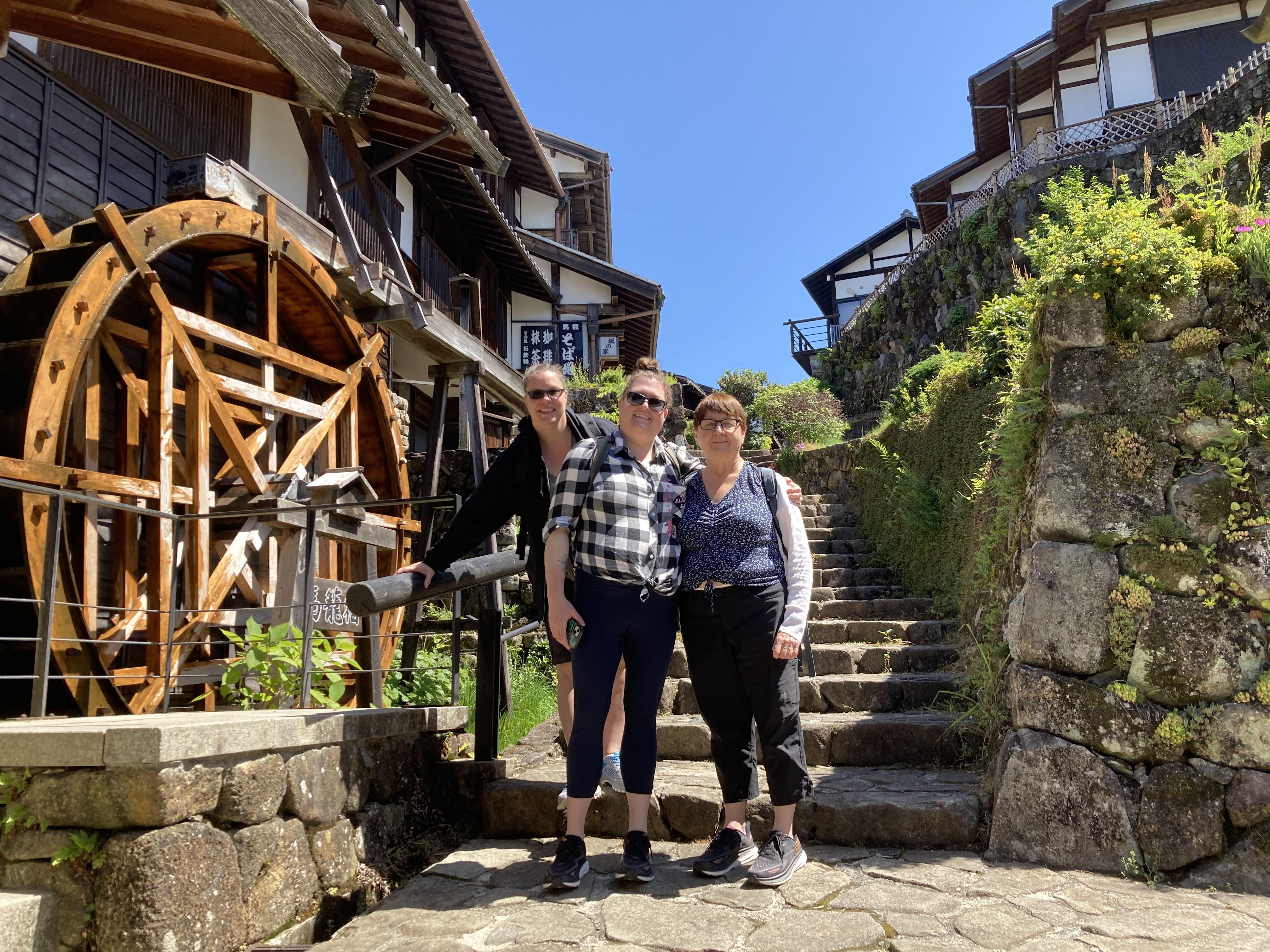

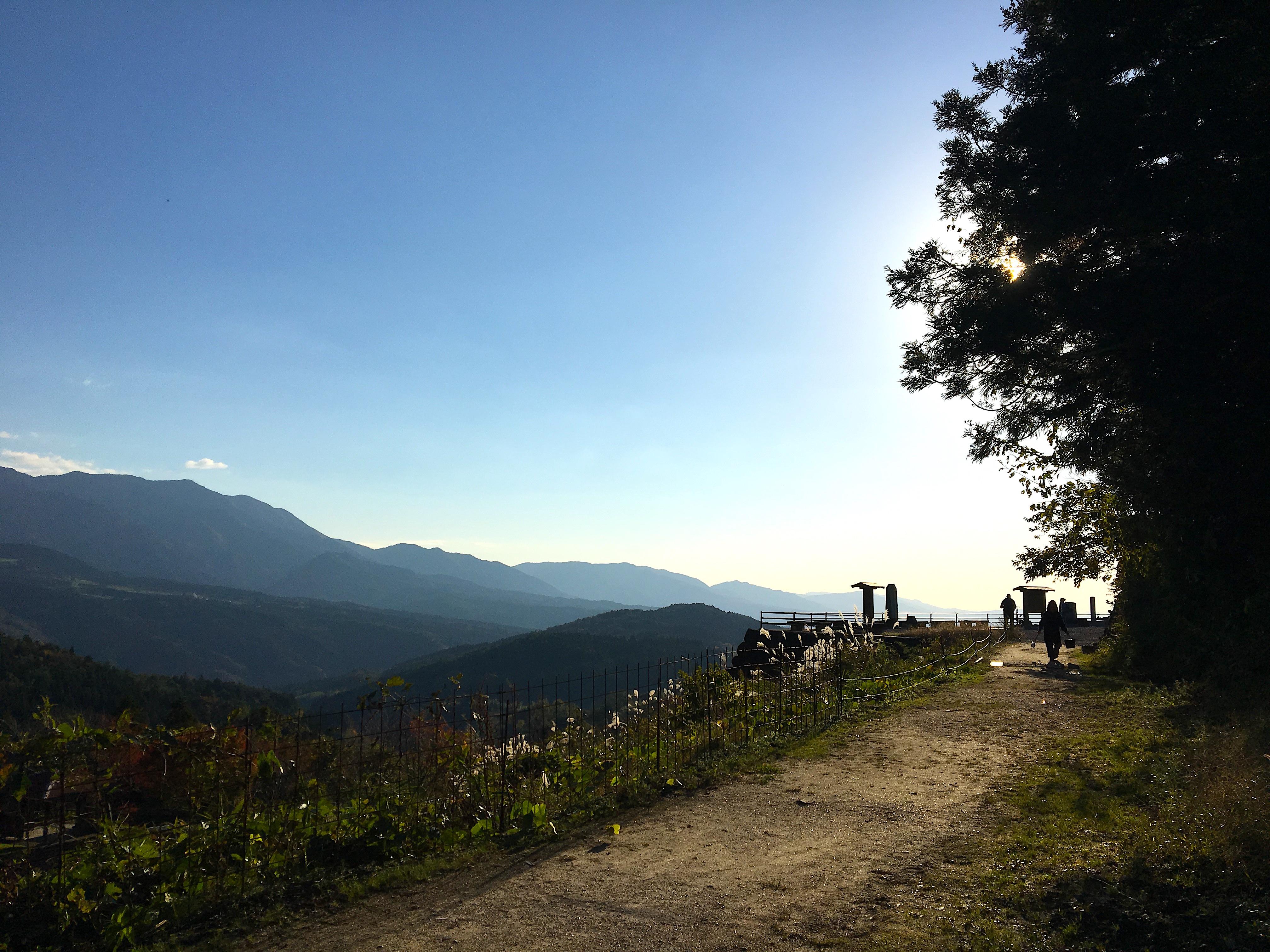
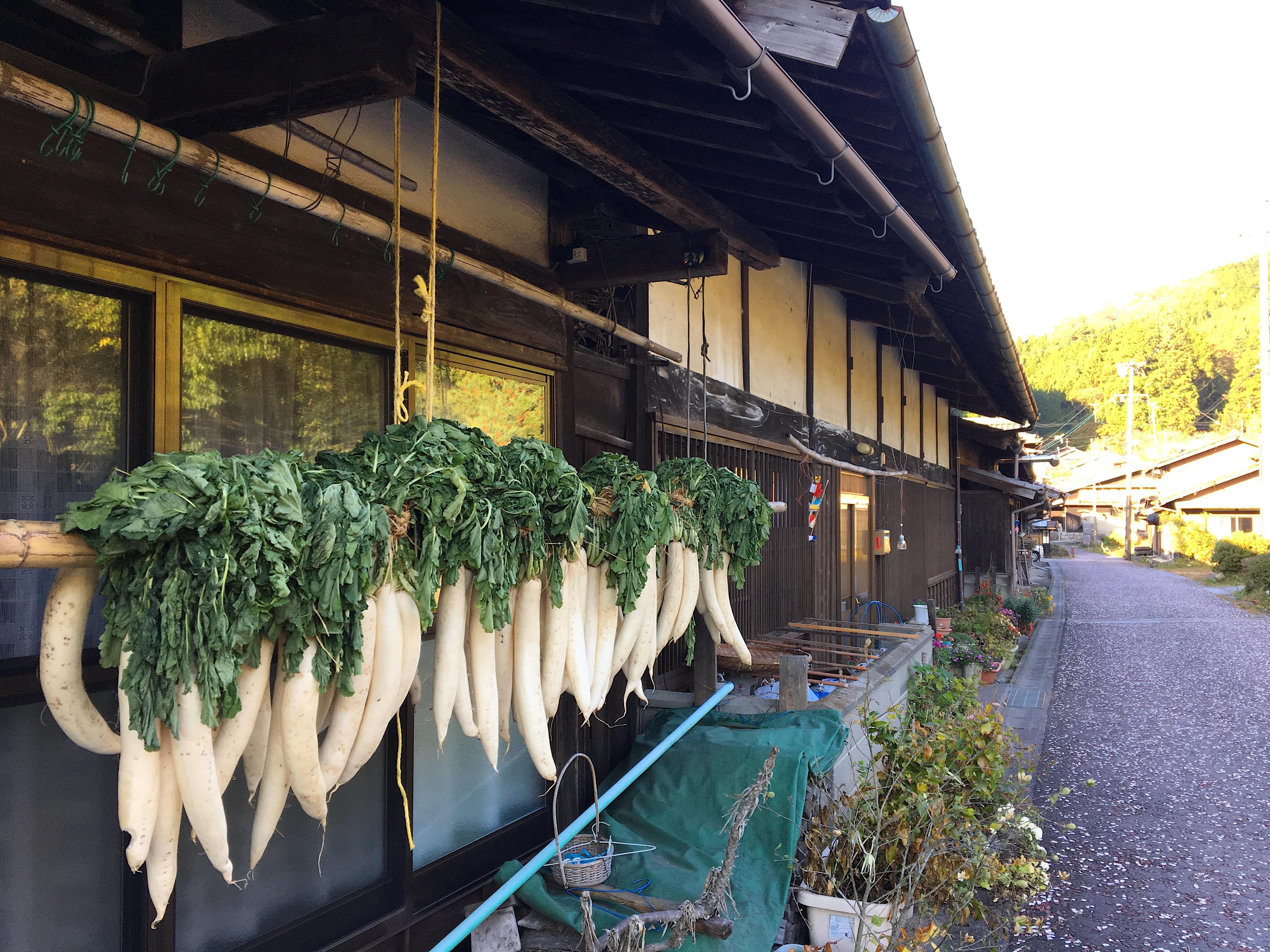
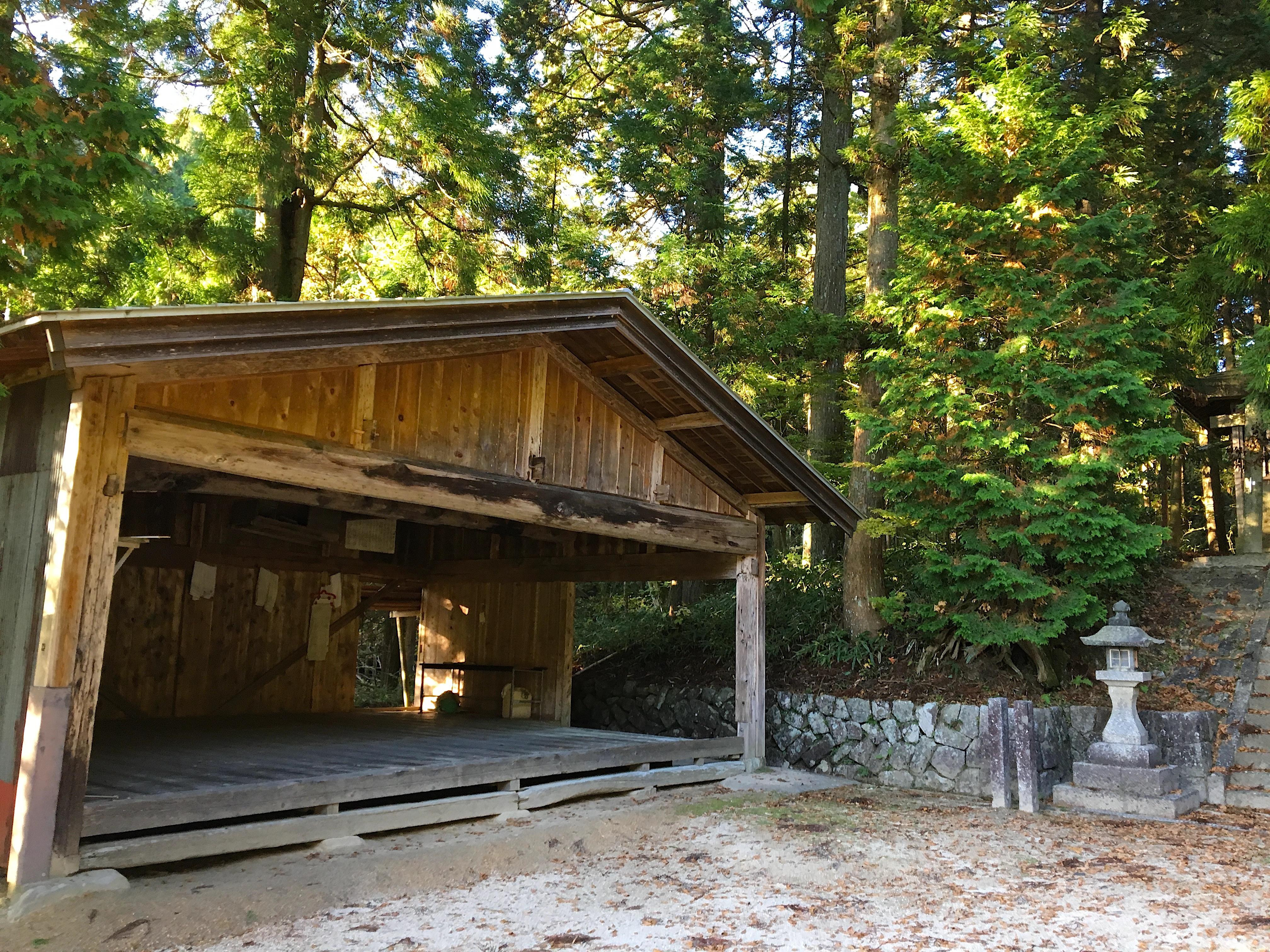
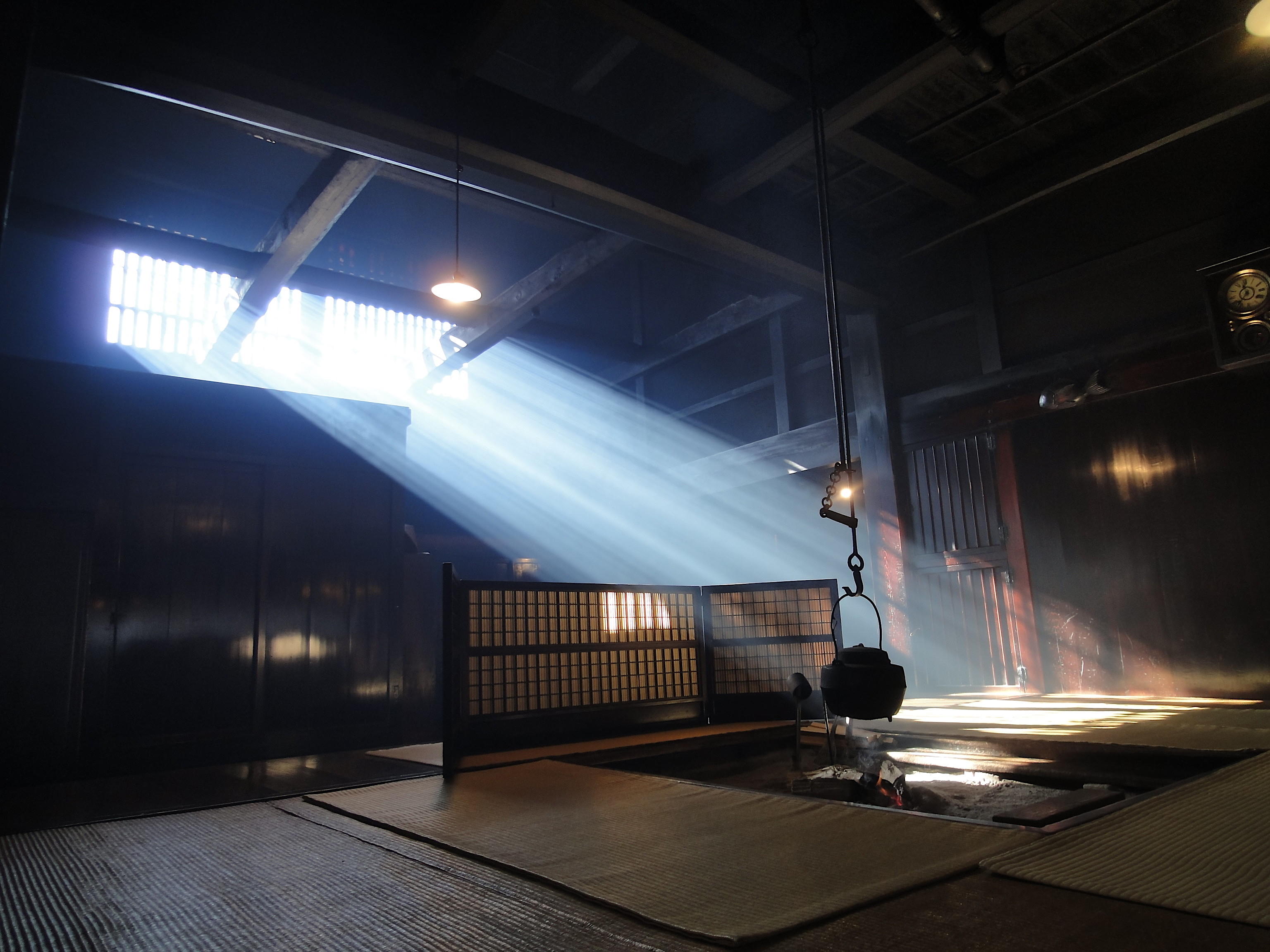
Nakasendo was formerly known as the Higashisendo and connects Kyoto and the eastern provinces including present day Tokyo. It was one of five highways created within a 7 year period from 1601 along with the Tokaido, Nikko, Oshu, and Koshu. This tour is a 5 hour mountain trail walk that traverses along a 9km trail that connects the two most beautiful post towns along the Nakasendo - Magome-Juku and Tsumago-Juku. Both towns still retain their medieval flare. Your guide will show you the commercial town in the Tono region that flourished when the highway was active. From cobbled roads going through Magome-Juku, the view of Mt. Ena, a quaint teahouse on a mountain pass, and beautiful mountain village scenery around Tsumago-Juku, there is no doubt that you will feel like you've been transported back to medieval Japan.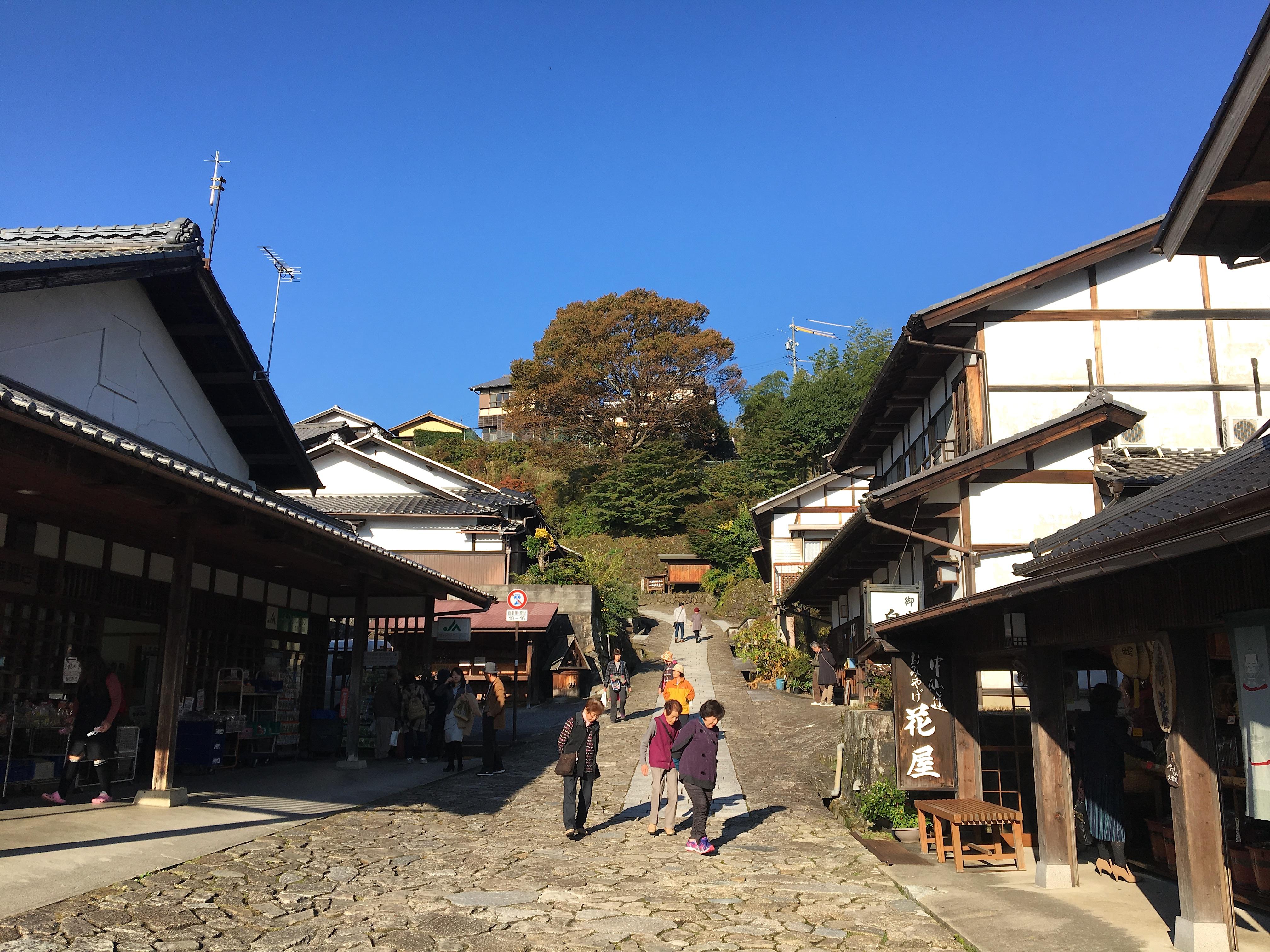 ① Magome-Juku(9:35-10:05)
① Magome-Juku(9:35-10:05)
Meet your guide at Nakatsugawa Station’s ticket gate at 9:00am before heading off to your first destination of Magome-Juku via bus. Magome-Juku is a post town on this ancient highway where many samurai passed through on their journey to and from the capital of Edo (present day Tokyo) between the 17th and mid-19th centuries. Located at an altitude of 600m, you can take in the vast cityscape of Nakatsugawa and Mt. Ena (one of Japan's 100 greatest mountains) in the southeast. Magome-Juku's highway runs along a steep slope along the ridge of the mountain, and is characterized by "hill houses" because the inns had to be built on steep slopes, and are therefore supported with stone walls at the base.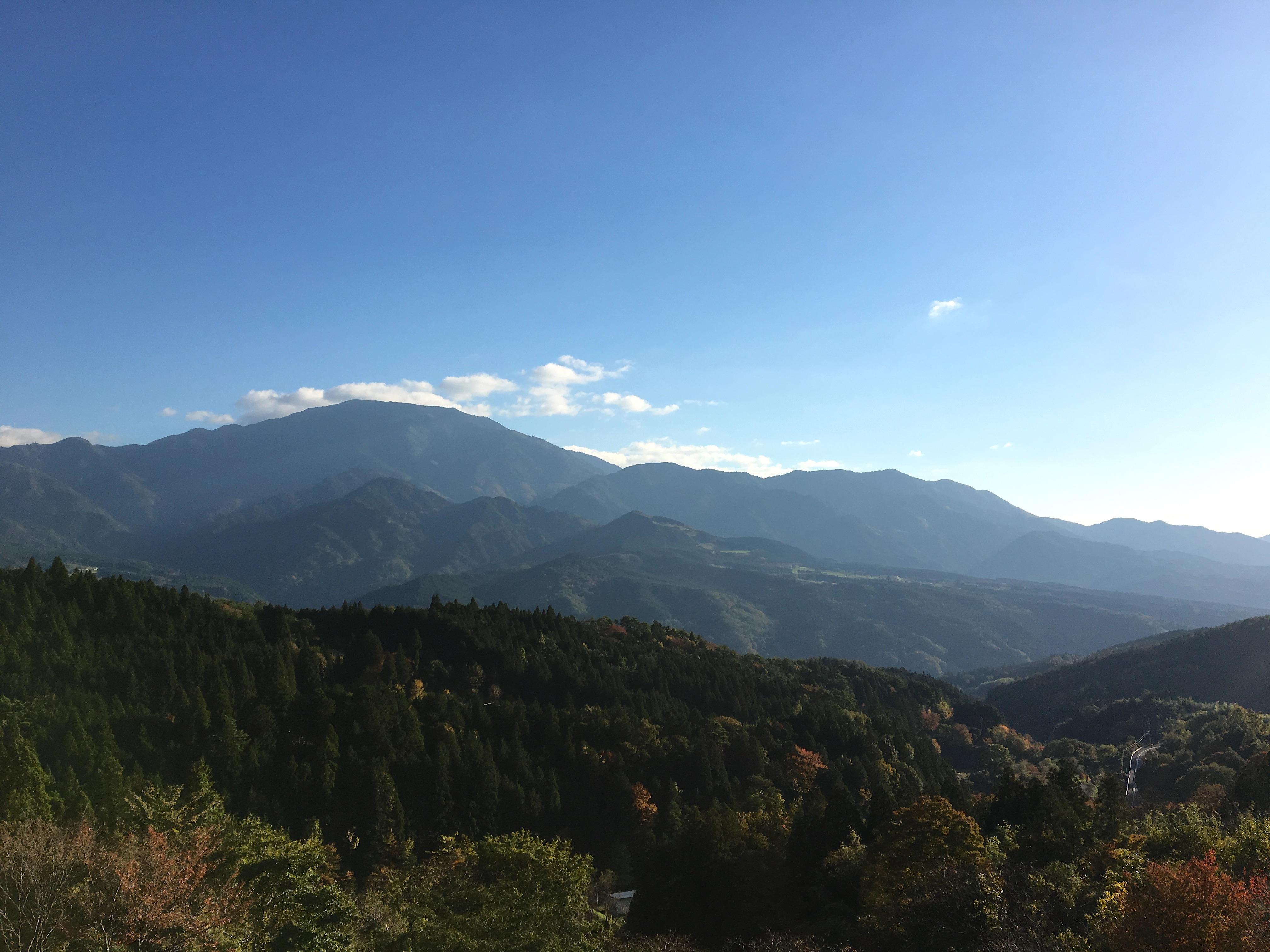
This observatory located just up the slope of Magome-Juku has a great view from an altitude of 801m. Placed at the highest point of the Magome-Juku-Tsumago-juku hiking course, you can see not only Magome, but also a beautiful view of Mt. Ena. The sunset as seen from the observatory is ranked one of the top 100 sunsets in Japan.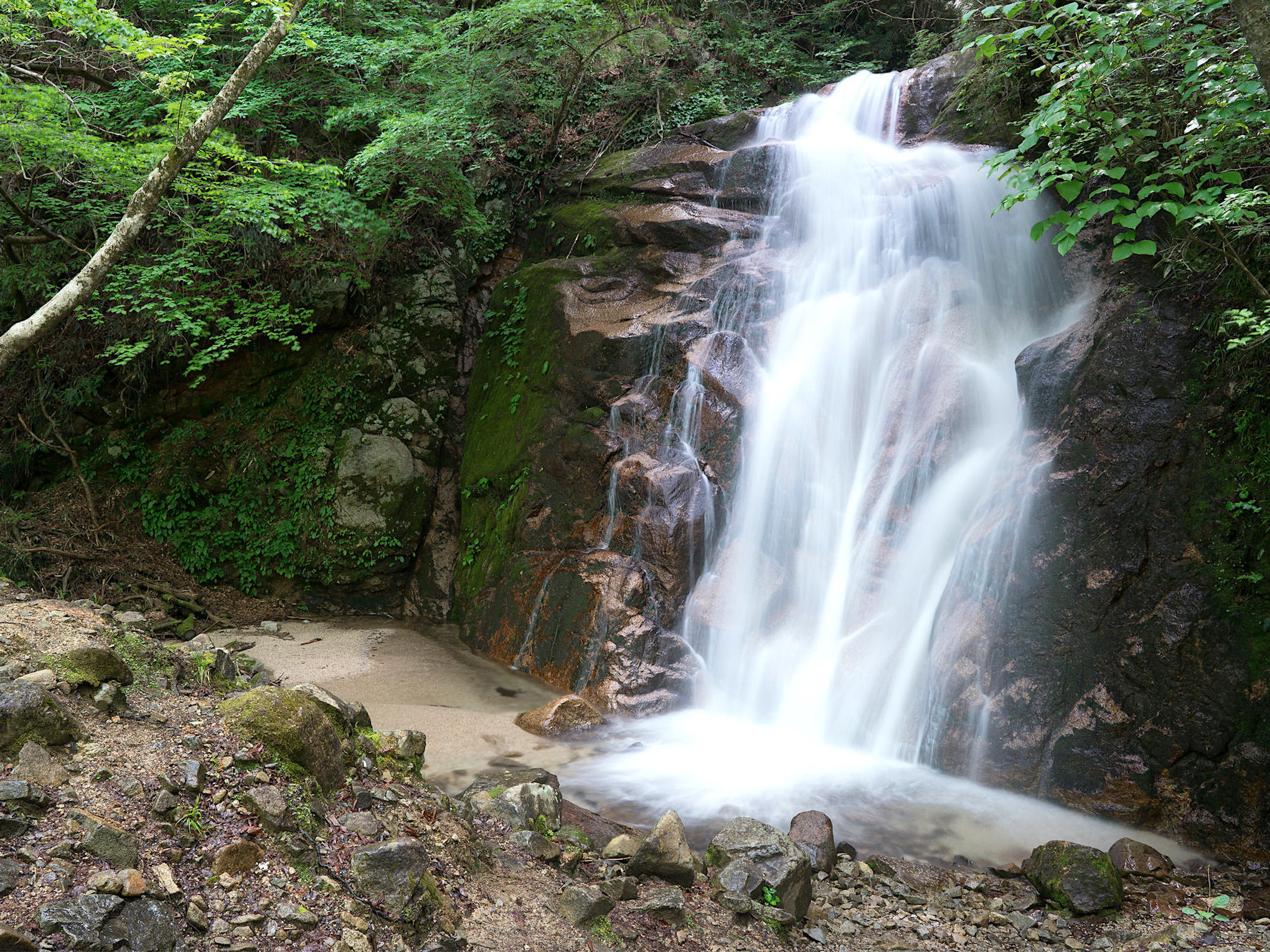 ③ Odaki and Medaki Waterfall(11:40-11:45)
③ Odaki and Medaki Waterfall(11:40-11:45)
On the left side of the waterfall is Odaki (man waterfall), and on the right side is Medaki (woman waterfall). Since the highway opened in Kiso, it has been a popular place for travelers to refresh themselves. It is also the setting of Eiji Yoshikawa's novel "Miyamoto Musashi", and is the place of the passionate love of Musashi and Otsu.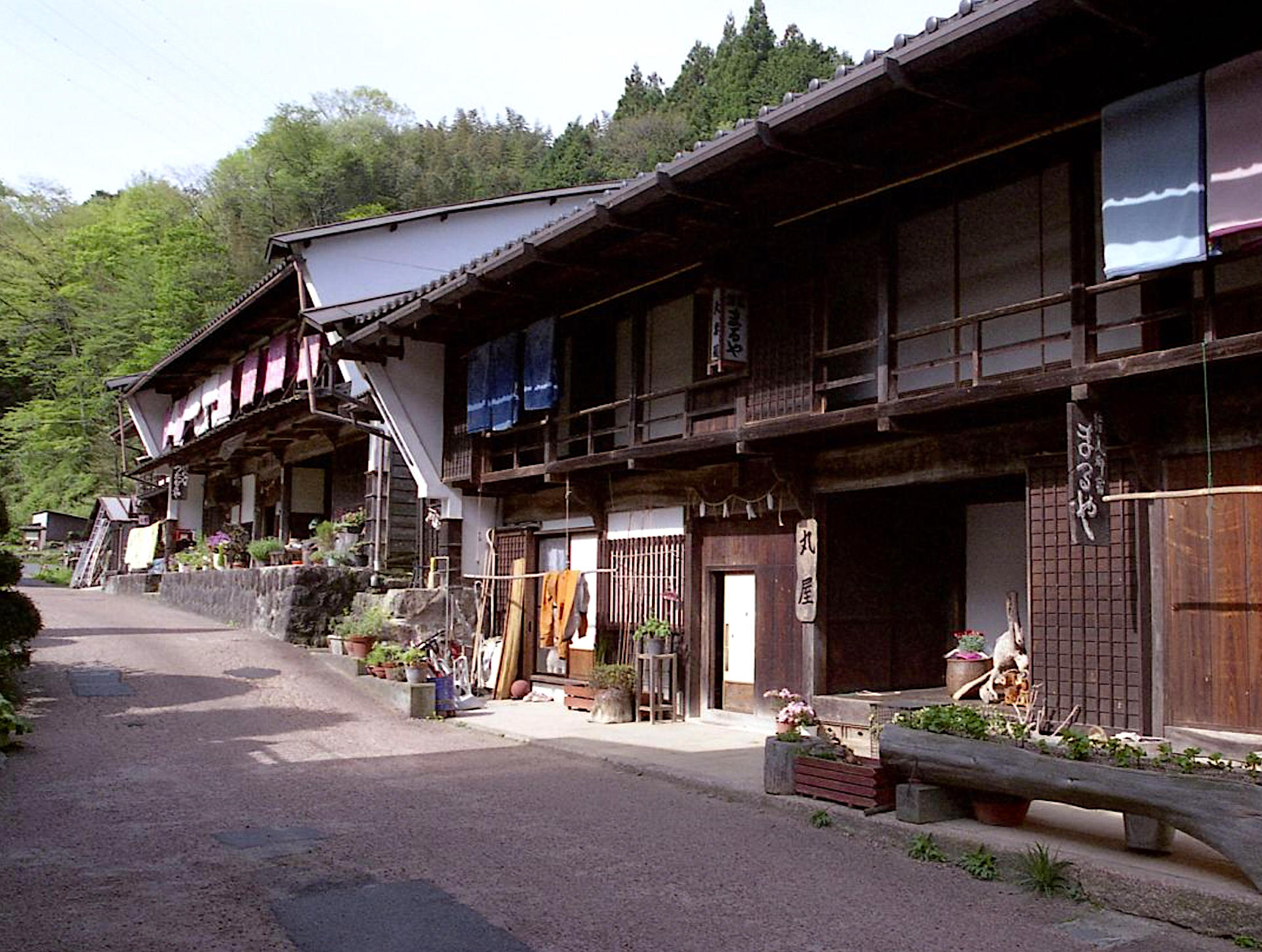 ③ Otsumago(12:20-12:40)
③ Otsumago(12:20-12:40)
Otsumago is a district in the Tsumago-Juku Preservation Area where houses built in the Hon-Udatsu and Dashibari Zukuri styles line the streets. Even though the surrounding area is becoming a tourist destination, this location lies hidden away from major development putting it off the beaten path. The road winding its way along the mountain stream conjures up rustic imagery of rural Japan.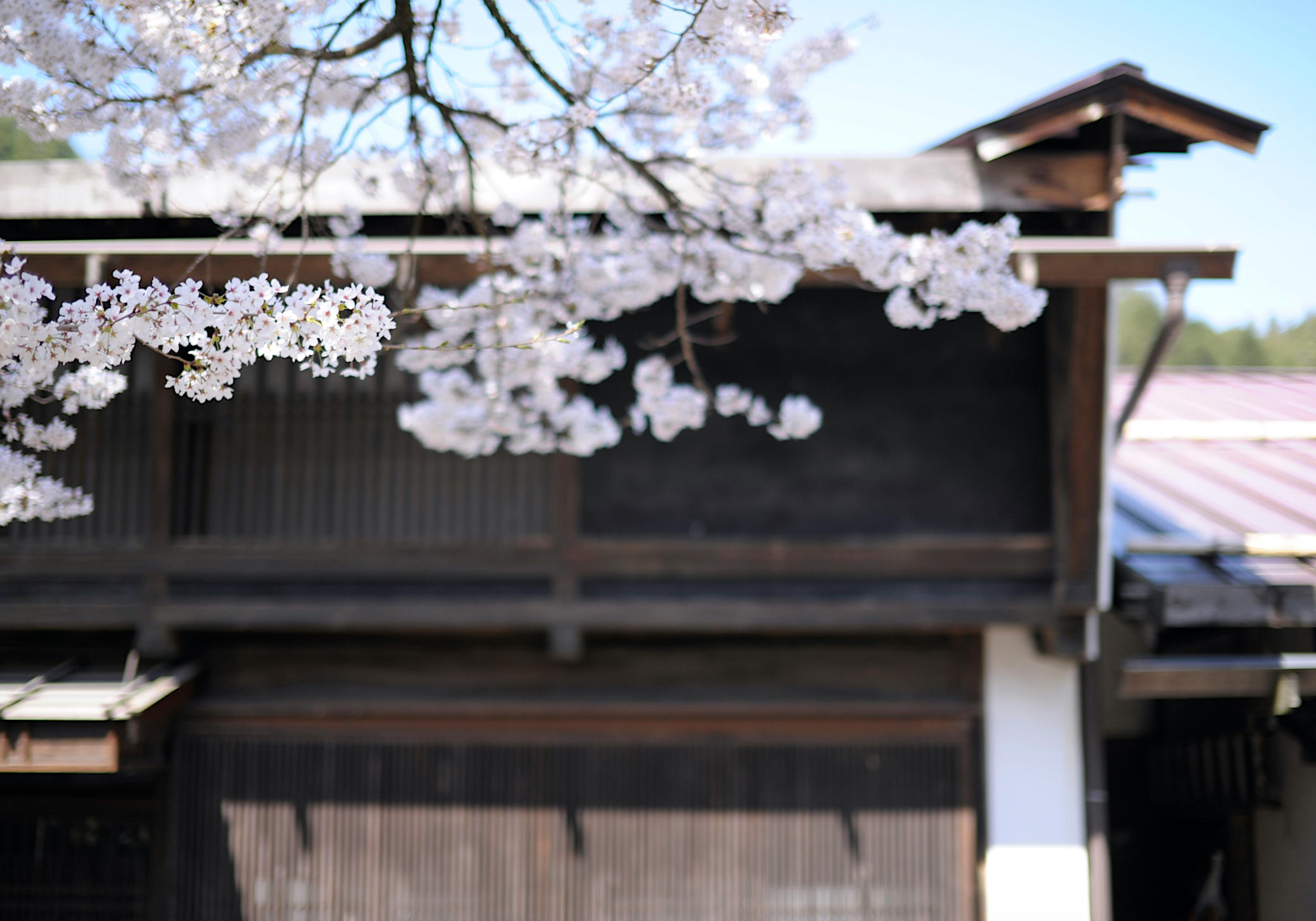 ⑤ Tsumago-Juku・Lunch Time(12:50-14:10)
⑤ Tsumago-Juku・Lunch Time(12:50-14:10)
Tsumago-juku used to have one Honjin inn, one Waki-Honjin inn, and 31 Hatago inns. Here is where the commoners would stay when they journeyed on the highway. It is one of the most famous towns along the Nakasendo. Even now, the 17th and 18th century Edo-era townscapes, including the restored Honjin and Waki-Honjin as well as the streets of Terashita and Masugata, are designated important cultural properties of Japan. It is also called a living museum.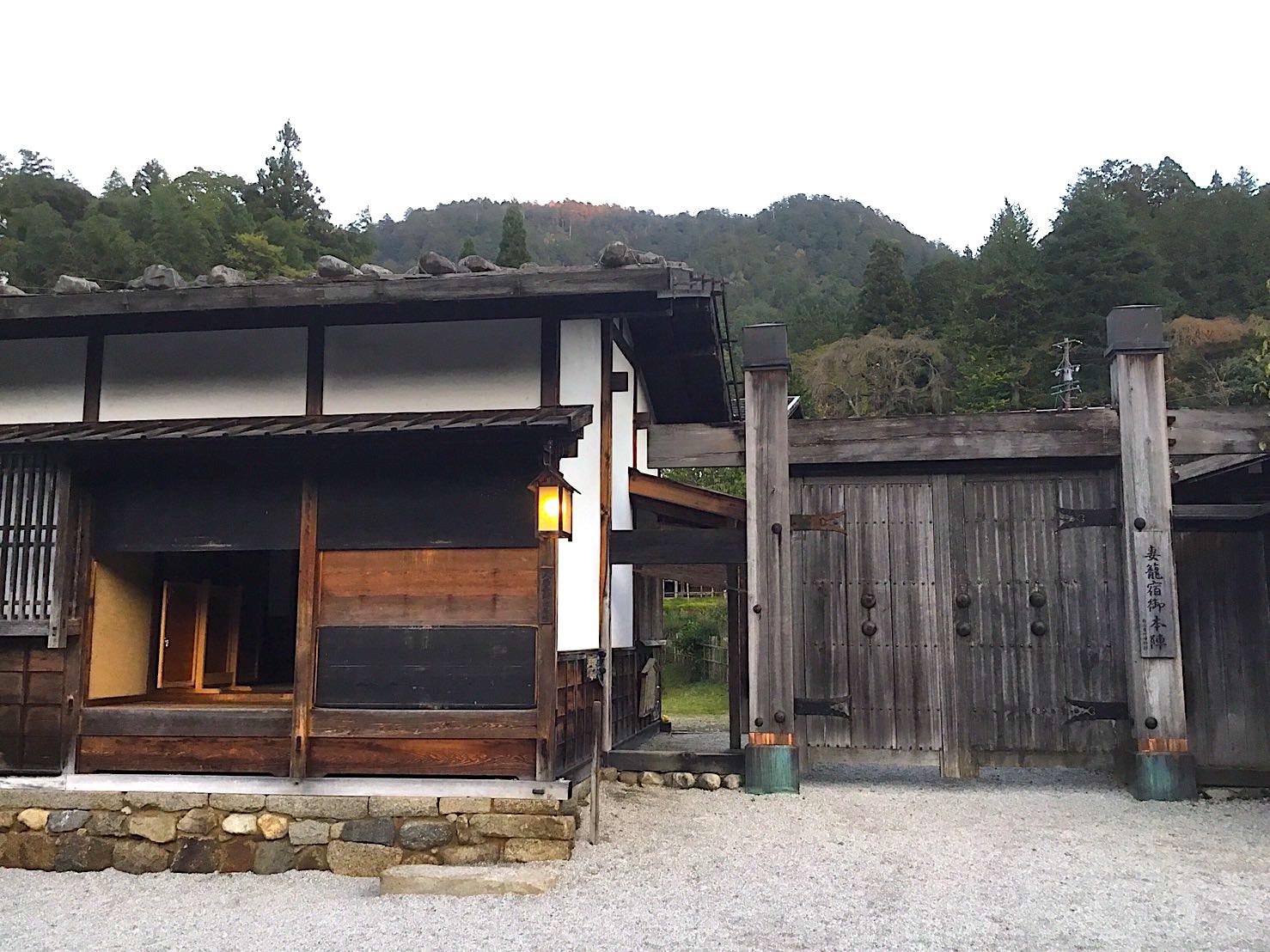
This museum sits inside a Waki-honjin Okuya residence (Hayashiya House and a Designated Important Cultural Property). the house has been restored based on late Edo period floor plans. The museum consists of three reinforced concrete and wooden structures. Experience an authentic Tsumago-Juku Honjin, which allows you to immerse yourself in Kiso’s history with visuals, films, and artifacts. Deepen your understanding of Tsumago-juku at this interactive museum.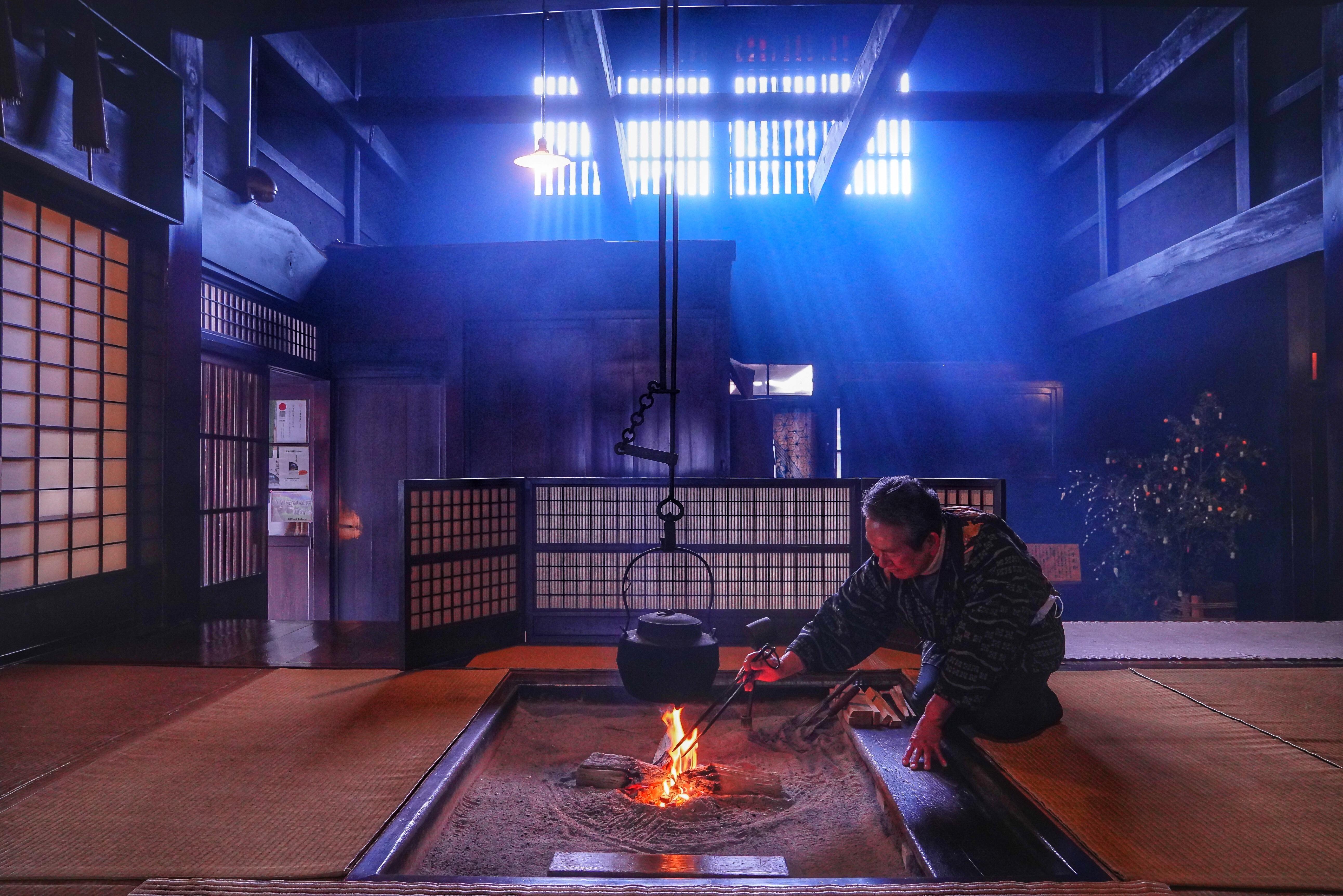
This 1877 residence served as a waki-honjin and provision store for generations, and is built from fragrant Japanese cypress which had only recently been legalized as a building material when it was constructed. Using the best of building technology at the time, the Waka-honjin Okuya is designated as an Important Cultural Property. In 1880, Emperor Meiji also stayed here. After visiting
⑧ Move to Nagiso station(15:26-15:40)
Waki-honjin Okuya, head to Nagiso Station to end your journey by local bus.
・ Preserved medieval streets of Magome-Juku’s hilly streets
・ A view of Magome and Mt. Ena from the Magome Jinba Observation Deck
・ Trail hiking in the rich nature of Nagiso
・ History of Tsumago-Juku in the Nagiso Town Museum
・ Scenic views of the old style Waki-Honjin interwoven with soft light penetrating the mountain pass
・Personalized tour with a maximum of 8 people
・Please join us wearing shoes that are easy to walk in because you will walk the mountain paths.
・During the peak travel seasons of March, April, and October, please be aware that there will be an additional charge of 2,000 yen per person for the tour.
| Price | ¥18,000 ¥18,000 for 2 persons or more |
|---|---|
| Duration | 7 hours |
| Hours of availability | Start Time: 9:00 |
| Inclusions | ・English Guide |
| Exclusions | ・Food & Drink |
| Participants | 1〜 6 people |
Nakatsugawa station (Ticket gate)
Firli Loakita(Philippines)★★★★★
Another side of Japan
I booked this tour for my family...12 person from 5 years old to 72 years old. It was an amazing experience. Our tour guide : Moto-san is an angel....good english and very informative about Kiso Valley....we start from Takayama around 9.00 am....the scenery along the way were amazing. Hope we had more time to explore more in Narai and Magome.
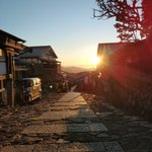
Orel, Sergei(USA)★★★★★
A day trip on Nakasendo trail
Magome and Tsumago are two post towns on the old walking trail, known as Nakasendo, connecting Tokyo and Kyoto. We happened to be travelling late July 2020, when COVID kept most tourists away so we got to enjoy the both the historical and natural aspects of the journey in solitude not typical to Japan. One of the best trips of summer 2020: you get a glimpse into more traditional Japan. We walked in Aug and it was quite hot so we skipped the trip to Tsumago town museum, regretfully. Tsumago is a very special town and trip to the museum is a good place to be introduced to its history. We walked with Harumoto-san and we found him to be very pleasant, knowledgeable and quite tactful. He would field our questions when needed and he would step aside when one of our children wanted to take centerstage. I would highly recommend this trip, especially in spring or autumn.
Evelyne(Singapore)★★★★★
Memorable historical walk - will do it again!
This trail walk was certainly the highlight of our trip. We walked with Harumoto-san who is a local growing up in the area. He is very knowledgable and very patient, walking with him feels like walking with a friend! He brought us to a very nice local Japanese lunch before we reached Tsumago, that was the best shrimp tempura that i have ever eaten. Overall, the trail isn’t difficult, just make sure you wear proper shoes as some slopes can be slippery. I know this trail can be done without a guide, but having a guide really makes a lot of difference. You didn’t just enjoy the scenery but also gained an understanding of the history, why the route was built, what the signs along the trail mean. We would say that the 6-7 hours we spent with Harumoto-san is very worth it and we highly recommend this tour. Many thanks to Takeshi from Omakase tour as well, he was very helpful! He gave us a flexibility to change our day in case it rained that day. He even dropped us a message the day to tell us that the weather forecast is good tomorrow.
Ricaleen(Philippines)★★★★★
Awesome hike along a historical road in Japan!
I traveled solo with the guidance from Omakase Tour. I have been wanting to hike the Nakasendo trail for a couple of years now and it was as beautiful as I imagined it to be, especially during the peak autumn season. The hike was easy because of the complete instructions from Omakase team. With the colorful leaves scenery, felt just like a walk in the park, a historical one!
Marco Stefan(USA)★★★★★
Very nice walk of 2-3hrs visiting the two historic japanese towns Magome and Tsumago
This is a nice walk between two of the old postal towns along the old Nakasendo way connecting Tokyo and Kyoto.
Our guide Miki picked us up at the Nakatsugawa station and organized everything around our trip perfectly. Along the way, she explained us about history and geography. We learnt a lot from her sound knowledge.
Walking is not too difficult, no problem for us and our children (ages 12 and up). There are possibilities to buy food at the starting anf ending point. Restrooms are available along the way. All in all a lovely experience for all of us.
Patricia Tanaka(USA)★★★★★
Good day
Toshi was an excellent guide Had a great time. Many laughs The valley is very beautiful. Thank you Toshi!
Miarka Webb(Netherlands)★★★★★
Perfect tour to explore Japanese history and culture!
We had a perfect tour with our guide Toshi-san. With his small tablet and presentation in hand, he took us 400 years back in time when Shogun Samurai walked the path from Edo (Tokyo) to Kyoto.
Walking through Magome was beautiful to see the little post town and explore the walkway from here. We learned so much of Buddhism and Shinto, Toshi-san made sure to teach us the traditions, mannerisms, but also fun facts about the architecture and history of the post towns. The hike itself was beautiful: you got to walk through the forest and be enthralled by the mountains in the background.
We were just in time to taste sweets made from chestnuts, which is harvested in autumn!
Toshi-san led us through a magical day, taught us all about the history, the way of the Samurai and his passion for nature. And in perfect English.
What an honor to be part of this journey. If you want to experience the path of the Samurai, don't hesitate and ask for Toshi!
Madison McKewin(Australia)★★★★★
Unforgettable immersive experience
Walking the Nakasendo trail was an experience I'll never forget. For anyone worried about the difficulty, let me put your mind at ease: the trail is mostly flat and not challenging at all. It's perfect for anyone who wants to enjoy a leisurely hike while soaking up some breathtaking views.
What really set this hike apart for me was seeing the trail in winter. The snow-covered landscape was stunning and gave the whole journey a whimsical and nostalgic vibe that felt like stepping into a different world. Every turn on the trail offered a new, beautiful scene that looked like it was straight out of a painting.
Harumoto was our guide, and he made our Nakasendo Tour unforgettable! Right from the start, he was very friendly and helpful. He had this cool way of sharing stories and facts without making it feel like a history class, and knew exactly when to let us just soak in the peace and quiet of the forests around us.
He also took some awesome photos of us during the tour, which was a nice touch because now we have great memories captured without having to worry about taking selfies all the time. Plus, Harumoto was always looking out for us, making sure we were safe while walking and exploring.
Absolutely recommend!
David McCoy(USA)★★★★★
This is more than just a hiking trail
We had a slight rain that day and we’re worried there would be issues on the hike. That could not have been further from the truth. Toshi was as concerned with our safety as he was making sure we were having a wonderful time. We were able to take many wonderful photos as well as learn a lot about the trail. We could not have asked for a better guide to share such a wonderful experience with us.
Regina Hotz(Switzerland)★★★★★
Magome-Tsumago Wanderung
Toshi-san ist ein sehr aufmerksamer, umsichtiger und hilfsbereiter Guide. Zur Erinnerung hat er uns viele tolle Fotos von unserem Ausflug gesendet. Seine vielen Erklärungen haben uns die japanische Kultur viel näher gebracht. Auf jede Frage hat er eine überlegte Antwort. Schön war ebenfalls, dass wir zusammen lachen konnten. Danke für den tollen Ausflug!
Jane Holmes(USA)★★★★★
Historical and Beautiful Japan!
Kazuo was an excellent tour guide who was very considerate of our needs. He was patient as we asked many questions and enhanced our experience with his knowledge. The walk through nature and an amazing historical area should not be missed!
Jennifer Mcilveen(UK)★★★★★
Wonderful day out with Kazuo!
Beautiful day out with Kazuo walking an ancient pathway and learning more about the history of Japan. We enjoyed the quaint town, shops, delicious lunch (Tuesday trip meant usual spot was closed but we visited a popular Tsumago spot and had yummy galettes!), spectacular views and most of all our friendly, helpful and active guide who enjoyed himself as well! It felt like a relaxing day exploring with a friend and we would very much recommend it! The walk itself is not too difficult but it is long and has some steep parts and uneven surfaces. We were contacted on WhatsApp a couple days before to confirm details.
Dasha Klyachko(UK)★★★★★
Excellent day of walk in Japanese country side
We had a wonderful day with our guide Kazuo. He is knowledgeable, organized and always willing to help. He prepared a full itinerary for the whole day (for example a way to transport our luggage). The walk is beautiful, it has wonderful natural scenery, authentic villages and tea houses. I would highly recommend this.